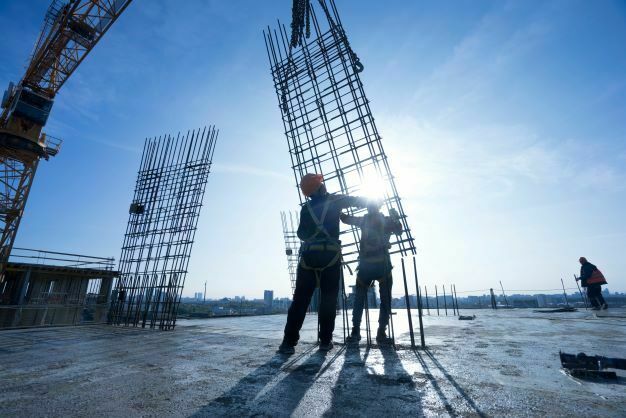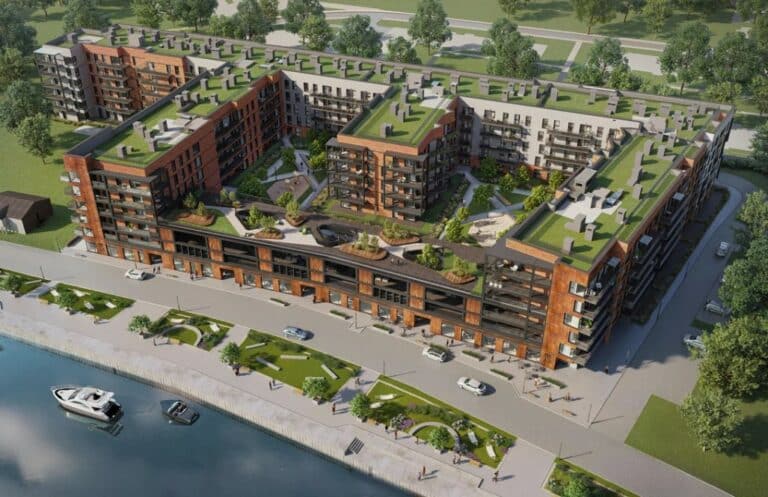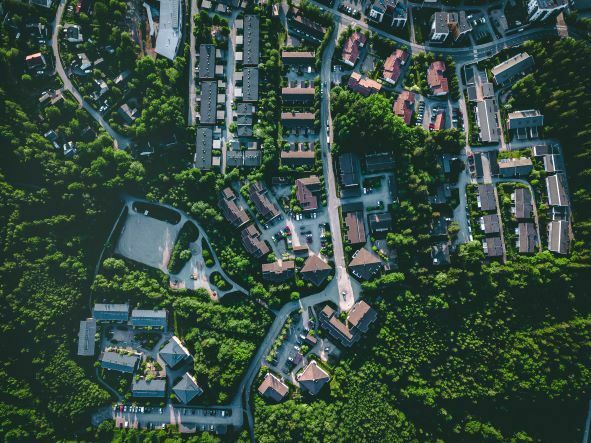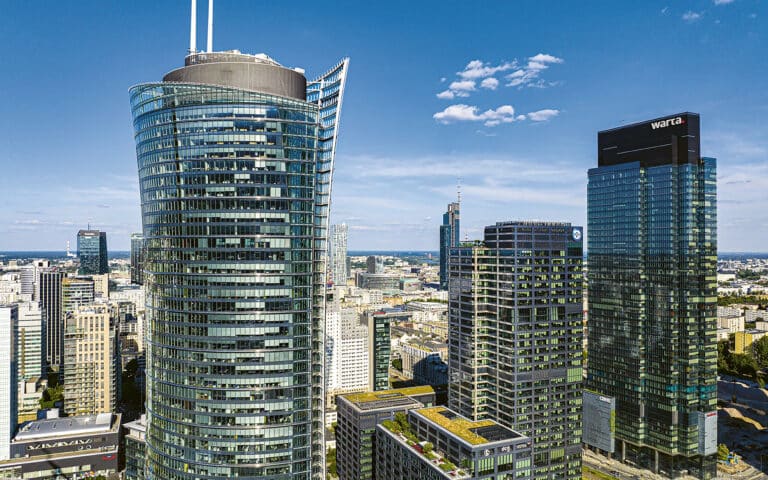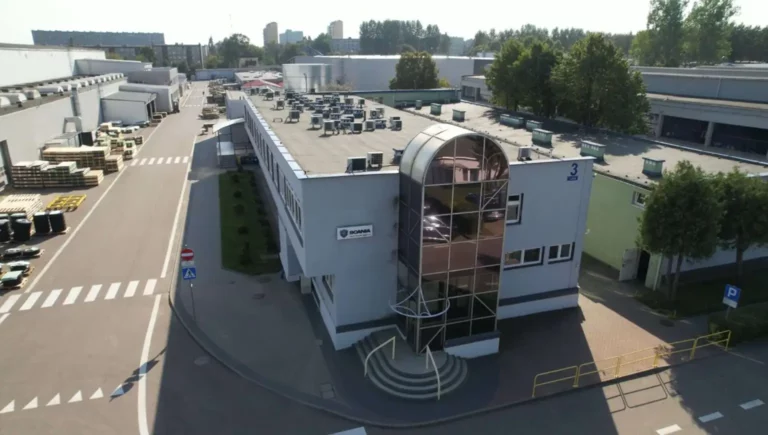Polish construction sector prospects looking up
The construction industry tends to be a good measure of the condition of any economy and across Europe it is showing remarkable resilience in the face of the pandemic’s effects.
According to EUROCONSTRUCT, an independent construction market forecasting network, the level of construction output in 2021 is set at 1,740 billion euros. After a difficult 2020, this means losses were fully recouped, thanks to a rise of 5.6%. In 2022 the new short-term outlook is defined by lively growth next year of 3.6%.
The outlook for Poland looks positive, although the Next Generation EU fund is a key factor in terms of the sector’s performance in the coming years.
Funds from the EU budget for 2021-2027 and the Reconstruction Fund amount to approximately EUR 139 billion in the form of subsidies and EUR 34 billion in loans. They have a huge impact on the situation of the construction industry and will have a strong impact on the entire Polish economy. Experts emphasize that possible delays in this area may end up in serious problems for the entire construction industry.
“The scale of the revival of public investments will be strictly dependent on the inflow of EU funds, the possible reduction of which may, in a relatively short time, have very serious consequences for the functioning of the construction sector and related industries,” says Damian Kaźmierczak, chief economist of the Polish Association of Construction Employers.
“It is, among other things, thanks to EU funds that investments of local government units will be able to return to the growth path, which is currently being stimulated by the government under the Strategic Investments Program in order to at least partially compensate local governments for the loss of budget revenues after the introduction of their flagship program, i.e. the Polish Deal,” Kaźmierczak says.
Energy and hydrotechnical investments are also awaiting EU funds, he adds.
As calculated by the consulting company Deloitte and the Association of Employers of Material Producers for Construction, the construction materials and services sector is responsible for 20.3% of GDP and almost 2.6 million jobs. This means that 1/5 of the labor market in Poland is made up of people directly or indirectly related to the construction industry.
From the point of view of the state budget, the construction industry is also very important, as it accounts for 11-12% of annual revenues for the public finance sector. In 2020, Poland spent 7.4% of GDP on construction investments, while the European Union average was 5.86%. A significant share of construction in domestic GDP was recorded mainly in the countries of Central and Eastern Europe. In 2020, Poland took second place in the EU, behind Finland. Lithuania, Romania, Latvia, Slovakia and Estonia also ranked in the top ten of the ranking. These countries were favored by the implementation of projects co-financed from EU funds and growing demand in housing construction.
Currently on the list of the largest construction investments in Poland is reconstruction of the Warszawa Zachodnia station. The contract value is nearly PLN 2.5 billion gross. Budimex, which is implementing the investment, reports that 500 people are working on the construction site and there are about 70 subcontracting companies involved. This indicates that a distinguishing feature of the industry is the large role played by small and medium-sized companies.
In 2021, Poland saw a moderate slowdown in investment in the public sector. On the other hand, the burgeoning private segment has been driven in particular by commercial real estate. From January to November 2021, Poles also bought the largest amount of residential real estate in over twenty years. A total of more than 208,000 flats, i.e. 5.3% more than in the same period last year, were sold. This concerns not only residential premises, but also construction and recreational plots. The industry is still awaiting the summary for the year as a whole from the Central Statistical Office, but it is almost certain that a record 230,000 new houses and apartments will have been built in 2021 (221,978 in 2020). Every third transaction was finalized as an investment for rent or subsequent resale. The reason is inflation and low interest rates on bank deposits.
The past year was also record-breaking in terms of the number of granted mortgages, a sharp increase in apartment prices, the activities of development companies in smaller towns and the single-family home segment, and increased investments in the private sector of real estate for rent (PRS). Although this year the residential area seems to be below its sales peak, high demand can still be expected.
One of the biggest challenges facing the construction industry is filling of order books and a further unprecedented increase in materials prices, with a simultaneous shortage of many of them. The causes of this situation are complex and arise from several key external and internal factors. We should also remember that the construction industry operates on very small margins calculated on the size of the investment. Proper cost estimates and good relations with investors are extremely important, because any fluctuation in prices causes the level of net profitability to change rapidly, often even falling into negative territory. For many companies, the current situation may lead to a critical situation. Another problem in 2022 will be growing wage pressure and the limited pool of qualified staff. The shortage of workers may be particularly acute in the period of the upcoming accumulation of construction works in all segments of the construction industry.
The relationship between construction companies and public administration is also important. Public investments generate half of all construction and assembly production. On the other hand, the share of construction works in the value of awarded public contracts is as much as 33-48%. Many road projects commissioned by the General Director for National Roads and Motorways (GDDKiA) will enter the implementation phase and energy investments related to the environmental transformation of the Polish economy will begin to accelerate. The Polish Association of Construction Employers should expect a deep investment hole in the railway segment in the coming years and construction companies are eagerly awaiting the increase in the scale of new road, energy and local government investments.
There are clearly many challenges ahead, but also opportunities. An extremely interesting area in 2022 will be engineering projects, especially in the IT, energy, renewable energy and nuclear energy sectors, which will drive many parallel investments. Another interesting area is modern wooden building structures and prefabrication in CLT technology.
Read also: Outlook for the Polish housing market

